What is a balance bike?
Balance bikes have rapidly become a favourite choice for parents wanting to introduce their children to cycling at an early age. But what exactly is a balance bike, and why are they such a crucial part of a child's development?
In this guide, we'll delve into what makes balance bikes unique, explore their benefits, and help you understand why they might be the perfect choice for your little one.
If you're already considering buying one, don't forget to check out our guide to the best balance bikes for our expert recommendations, plus our balance bike reviews that go into a lot more detail on individual brands and models.
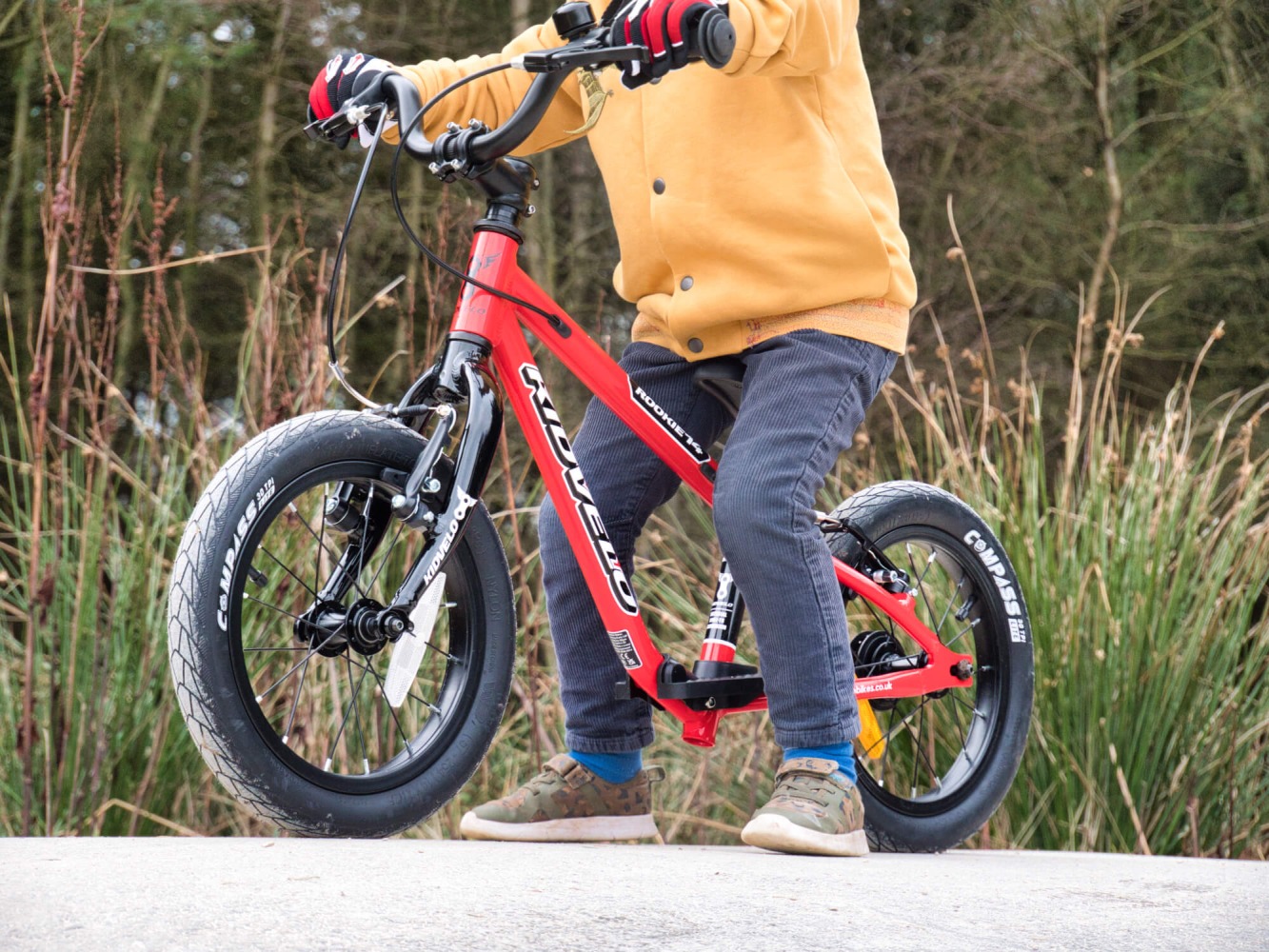
The basics: what is a balance bike?
A balance bike is a type of bicycle designed specifically for young children, typically between the ages of 18 months and 5 years. Unlike traditional bikes, balance bikes have no pedals or stabilisers.
The idea is simple: children sit on the seat, push off the ground with their feet, and glide along, learning to balance on two wheels naturally and to lean their body weight to steer. This focus on balance first, rather than pedalling, is what sets them apart from bikes with stabilisers, and makes them such an effective tool for teaching young children how to cycle.
How do balance bikes help with development?
Balance bikes are more than just a toy; they play a significant role in a child's physical and cognitive development. Here’s how:
- Balance and coordination: By using their feet to push off the ground and maintain momentum, children naturally develop their sense of balance and coordination. This is a crucial skill that will help them transition to a pedal bike with confidence.
- Motor skills: Riding a balance bike helps improve gross motor skills, such as strength, endurance, and agility. It also enhances fine motor skills, like hand-eye coordination, as children learn to steer and navigate their environment.
- Confidence building: As children master balancing on two wheels, their confidence grows. This confidence is key when transitioning to a pedal bike, as they’ve already conquered one of the most challenging aspects of riding.
The benefits of starting with a balance bike
Many of us learned to ride a bike with stabilisers, so it’s only natural that many parents opt straight for training wheels or tricycles. However there are huge benefits to starting them on a balance bike instead:
- It teaches balance: The clue’s in the name! Tricycles and pedal bikes with stabilisers may get them pedalling sooner, but it doesn’t teach them to balance, which is the hardest part of learning to ride a bike. Balance bikes teach them to use their bodies to balance on two wheels and steer, so all that’s left is learning to pedal.
- Easier transition to pedal bikes: Once they’re comfortable scooting along on a balance bike, the transition to pedalling tends to be much smoother. Many children skip the need for stabilisers altogether. If you're curious about whether your child might still need them, check out our guide that answers the question: does my child need stabilisers?
- Lightweight and easy to handle: Balance bikes are generally lighter than traditional bikes with pedals, making them easier for young children to manoeuvre and control.
- Encourages independence: Without the crutch of stabilisers, children learn to balance on their own, fostering a sense of independence and achievement.
- Learning to brake: Some balance bikes come with a front brake, so they can also help your little one learn important braking skills gradually from a very young age.
Choosing the right balance bike
When choosing a balance bike, consider factors like size, weight, and adjustability. A bike that's too heavy or large can be difficult for a child to handle, while one that's too small won’t provide the necessary challenge. For expert buying advice, take a look at our roundup of the best balance bikes, and for comprehensive insights into the best models available, you can refer to our balance bike reviews.
If your child is particularly tall, has outgrown their current balance bike, or is learning at an older age, you might want to explore big balance bikes for taller children to ensure they’re always comfortable and safe. There are also many bikes that convert from balance-bike to pedal-bike, so you can seamlessly transition them. Check out Kidvelo and Black Mountain Bikes for good examples of these.
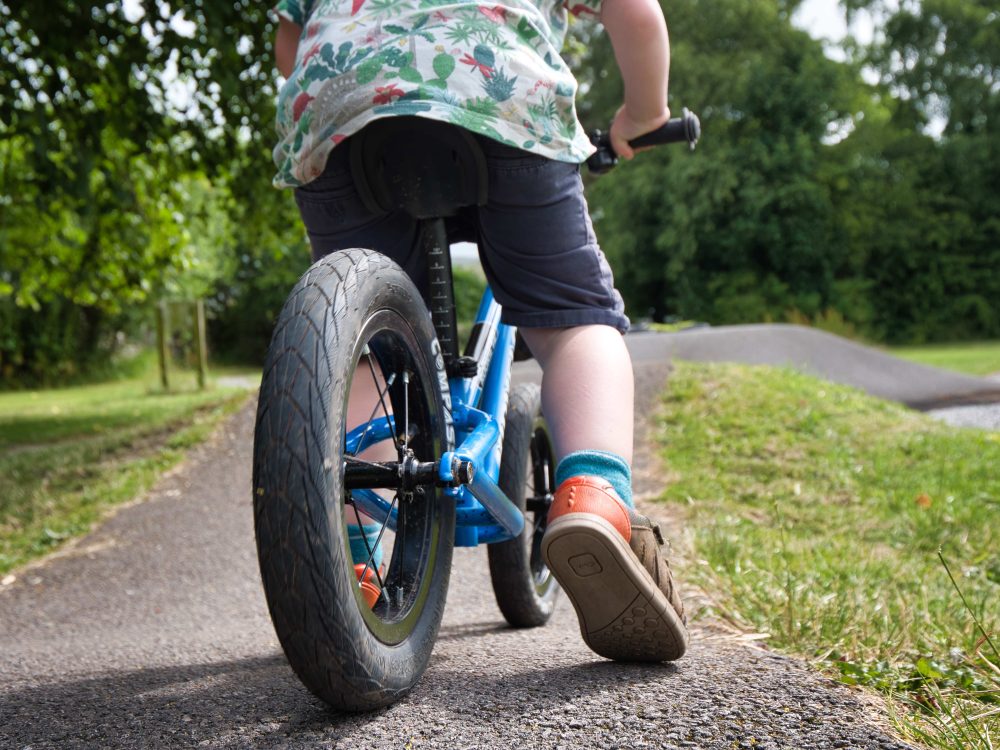
When and how to transition from a balance bike to a pedal bike
Most children are ready to transition from a balance bike to a pedal bike around the age of 4–6, depending on their confidence and skill level. The transition is often seamless, as they’ve already mastered balancing, and now only need to focus on pedalling.
So, when the time comes for you to question, is your child ready to learn to ride a pedal bike? be sure to check out our advice on how you can prepare your child to learn to ride a bike.
FAQs: Common questions about balance bikes
Here are a few questions parents most often ask when exploring the option of their little one’s first bike.
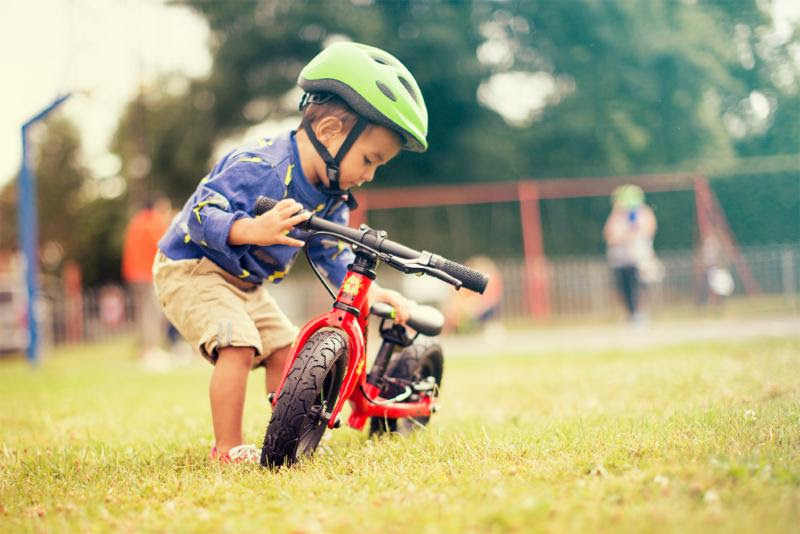
Can a 1-year-old use a balance bike?
At this age, they’re still very young, so while some one year-olds might fit on a small balance bike (like the Frog Tadpole Mini), most will need to start with a ride-on, which they can do as soon as they’re physically able to balance on one.
Good examples of these are the Lena Toddlebike and the B’Twin Convertible 2-in-1 Ride-on.
If you’re interested, you can explore our guide to the best bikes for a 1 year old.
Are balance bikes safe?
Yes, balance bikes are generally very safe. They allow children to go at their own pace, and because they use their feet to control speed and stop, they have more control than on a pedal bike with brakes that they’ve not learned to use yet (or are too young to try).
While they’re very safe, you may still want to invest in one of the best bike helmets for babies and toddlers, just to be sure that their noggin is protected if they get a bit over zealous!
How long will my child use a balance bike?
Most children use a balance bike for 1-2 years before transitioning to a pedal bike, though this can vary, depending on your child’s individual needs and development.
If you want them to get more years of use out of the same bike, consider a pedal conversion bike that starts out as a balance bike, that you can add pedals to later when they’re ready. Kidvelo and Black Mountain Bikes make some really good ones.
What is the smallest balance bike available?
If you’re hoping to get your littlest little one set up on a balance bike, then you’ll be pleased to know that they still come in varying sizes.
The smallest balance bikes are designed for very young children, typically as young as 18 months. They have a low seat height to ensure that even the smallest toddlers can comfortably reach the ground. Some models, like the Frog Tadpole Mini, have seat heights starting from around 24 cm, making them ideal for toddlers with shorter legs. If you're looking for options, take a look at our guide to the best bikes for a 1 year-old.
What is the largest balance bike available?
For taller children or those starting later, there are larger balance bikes available with adjustable seat heights to accommodate growing kids. If you’re looking for a large balance bike, we’d highly recommend a convertible bike that you can add pedals to later when they’re ready to progress.
The Kidvelo Rookie 18 and the Black Mountain Bikes KAPEL can accommodate children up to 8 years old (height dependent), making them both an excellent choice for taller children who are just starting out.
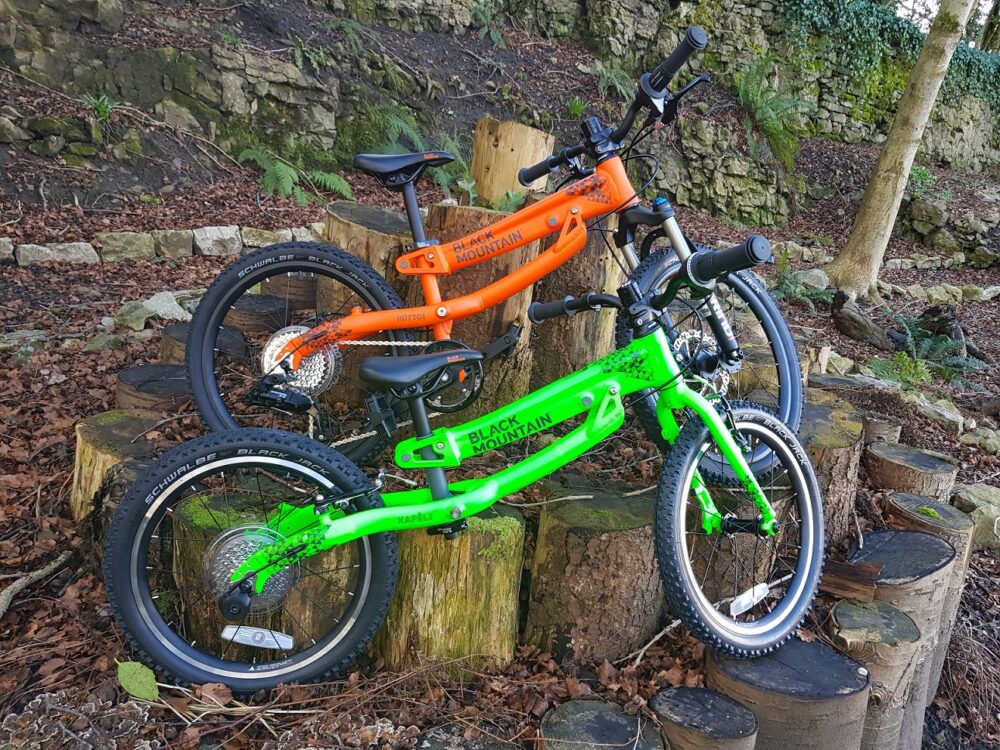
Does my child need a brake on their balance bike?
Balance bikes come with or without brakes, and whether your child needs one depends on their age and skill level. For younger children, a brake isn't essential as they tend to stop by putting their feet down.
However, for older or more confident riders, especially when they're using the bike on slopes or at higher speeds, a hand brake can be a useful safety feature. Some parents prefer a brake as it helps prepare children for using a pedal bike later on.
Is a cheap balance bike okay?
There are many cheap balance bikes on the market, but it’s important to be cautious. Cheaper models often use heavier materials, which can make them harder for young children to manoeuvre. They may also lack adjustability in the seat and handlebars, limiting their lifespan as your child grows.
It’s worth investing in a well-designed balance bike that is lightweight, durable, and adjustable so that your little one has the best experience learning to ride. For more on this, read our guide to why you shouldn't buy a REALLY cheap new kids’ bike.
Do I need to buy one with a footrest?
Footrests on balance bikes are not essential, but they can provide extra comfort for youngsters who are confident gliding for longer distances. Some kids enjoy resting their feet on the footrest once they’ve gathered speed.
However, it’s not a must-have feature, and many balance bikes without footrests work perfectly well. The main focus should be on balance and control, and the footrest can be a nice added feature if your child enjoys coasting.
A balance bike is an excellent investment in your child's early development and cycling journey. By focusing on balance from the start, these bikes make learning to ride a fun, confidence-boosting experience. Whether you're just starting your research or are ready to buy, make sure to check out our guide to the best balance bikes for in-depth buying advice, or check out our kids bike search to find the perfect match for your little cyclist.
New online course: "Understanding Cycling Gear for Babies and Toddlers"
These early years are so precious - don't miss out on cycling with your little one!
Our new online course is a great way to quickly learn about all the different equipment available to cycle with babies and toddlers, plus the pros and cons of each, so you can decide what suits your family and get out riding ASAP.
Sign up now for our Understanding Cycling Gear for Babies and Toddlers course and start making memories this summer.
If you feel you're ready to take the next step, check out these articles:
Easter holiday rides
Recent posts
-
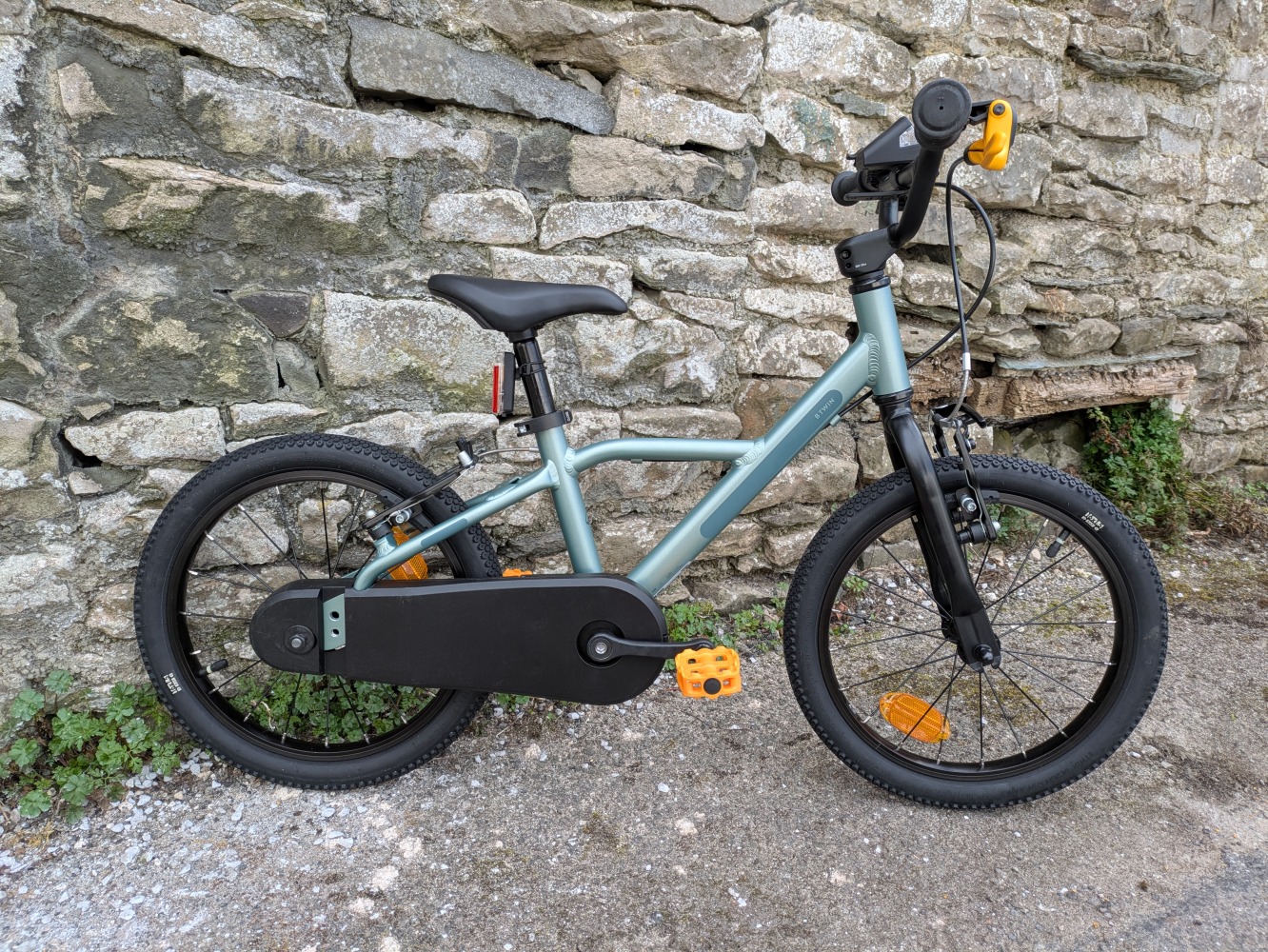 BTWIN 16” Discover 900 First Impressions Review: A budget-friendly 16″ Decathlon bike
BTWIN 16” Discover 900 First Impressions Review: A budget-friendly 16″ Decathlon bike
-
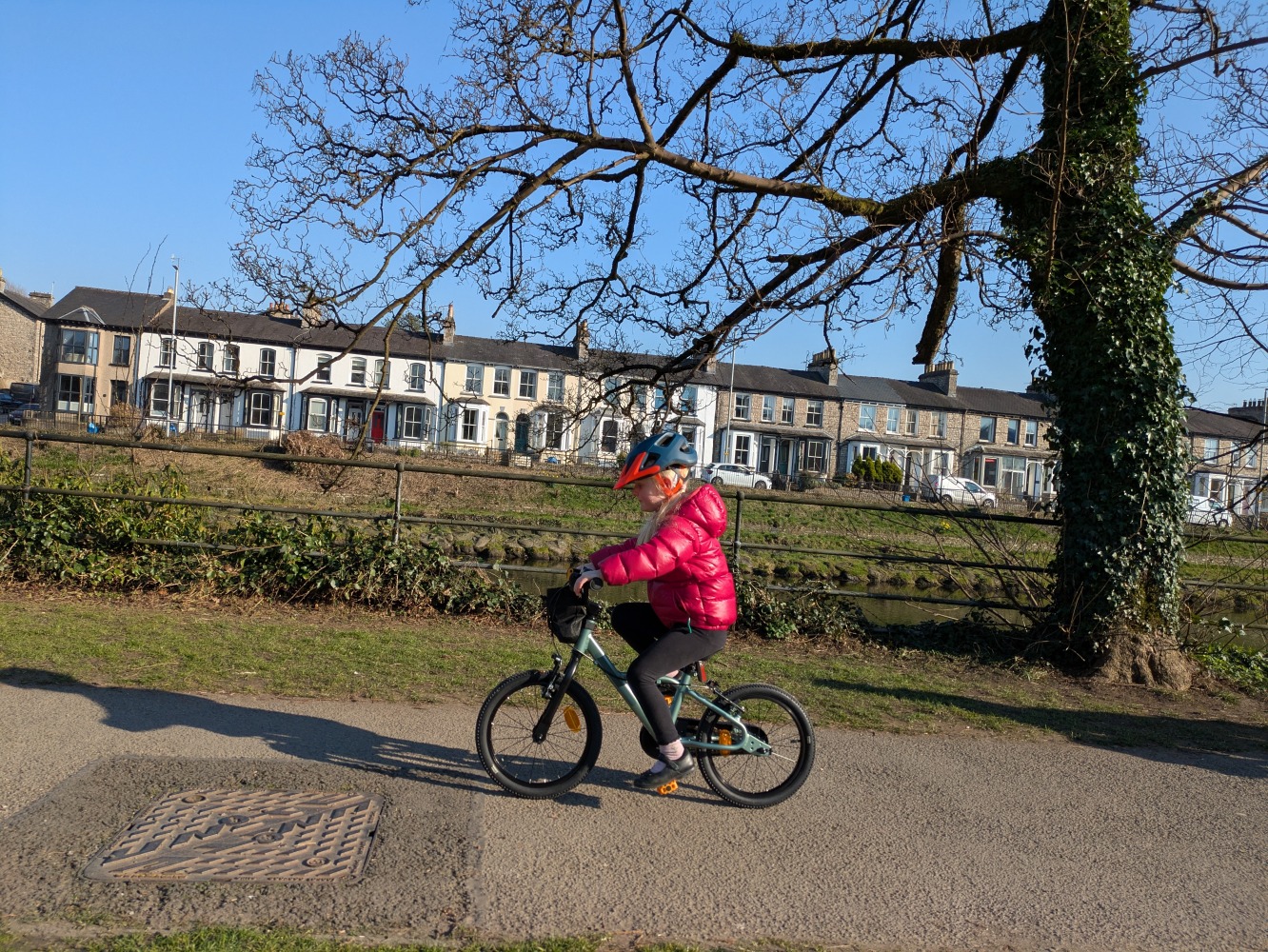 BTWIN kids’ bikes: a comprehensive range overview
BTWIN kids’ bikes: a comprehensive range overview
-
 3 incredible traffic-free family cycling routes in Austria & Italy
3 incredible traffic-free family cycling routes in Austria & Italy
-
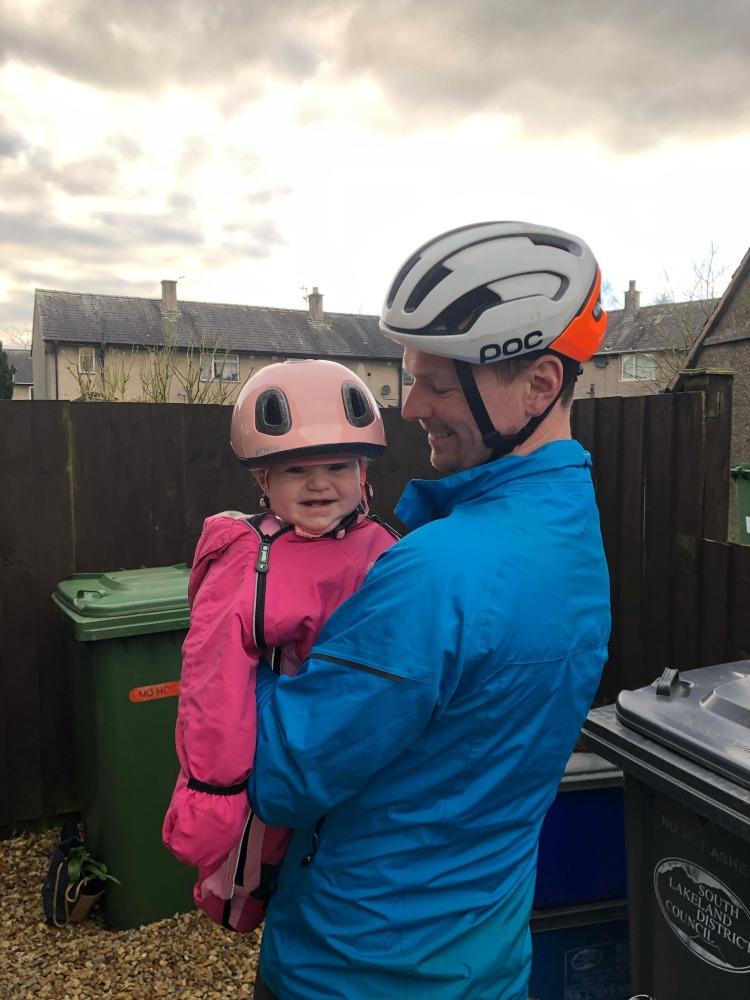 BTWIN 500 Baby Helmet Review: the smallest bike helmet available in the UK
BTWIN 500 Baby Helmet Review: the smallest bike helmet available in the UK
-
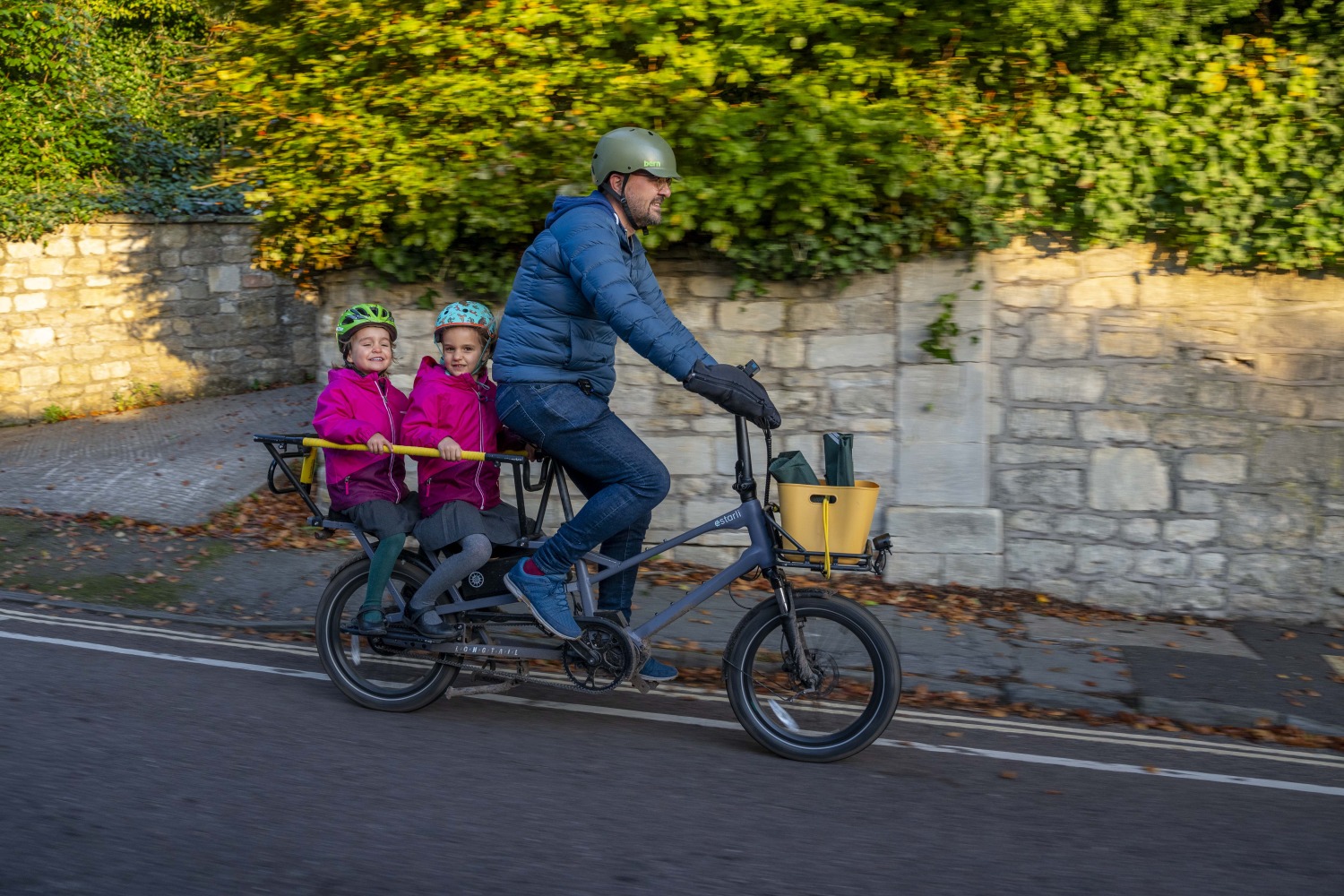 The joy of cargo biking – How electric cargo bikes are transforming family life
The joy of cargo biking – How electric cargo bikes are transforming family life
-
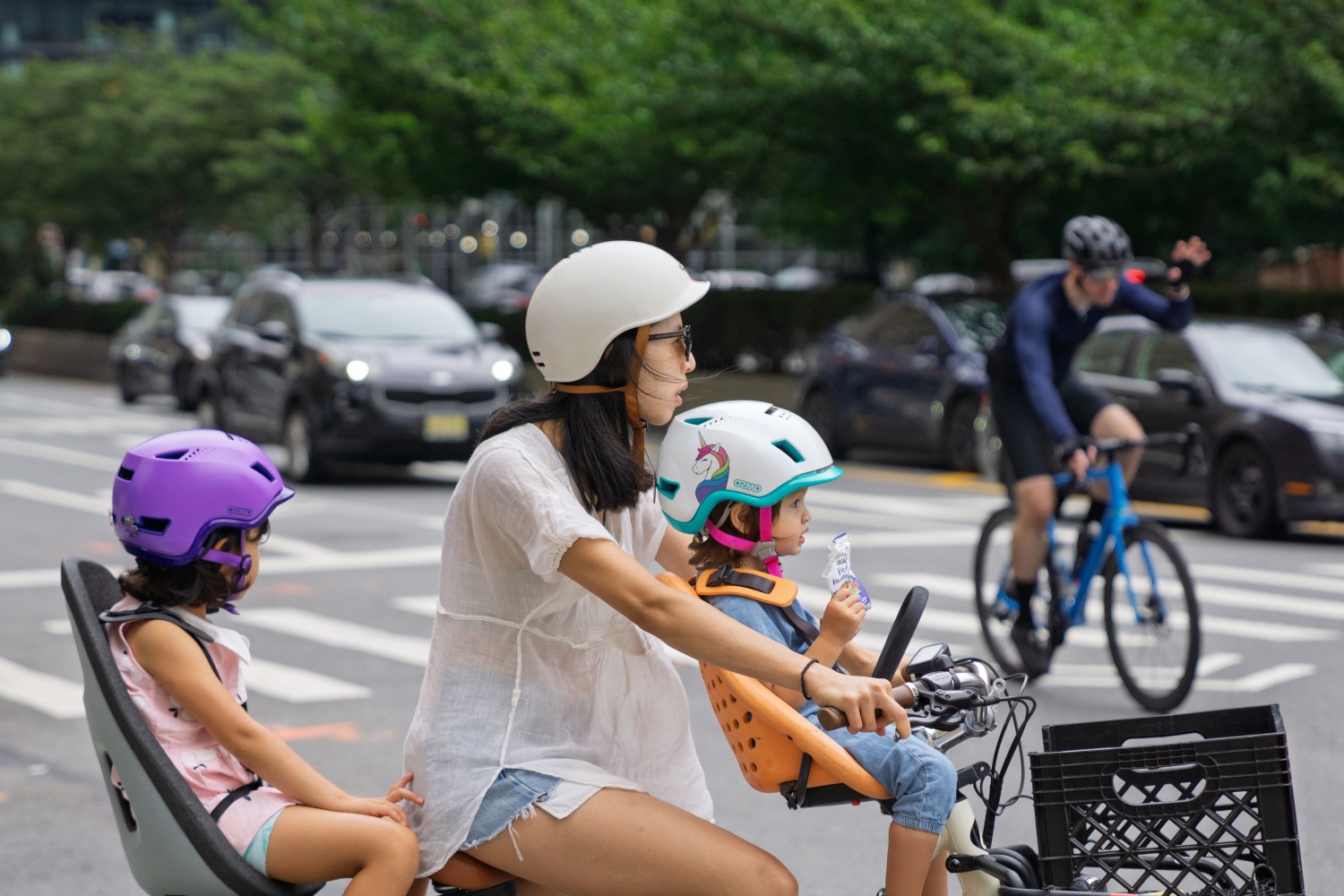 First e-bike helmet for babies: the Ozmo Helmets Kickstarter campaign
First e-bike helmet for babies: the Ozmo Helmets Kickstarter campaign
-
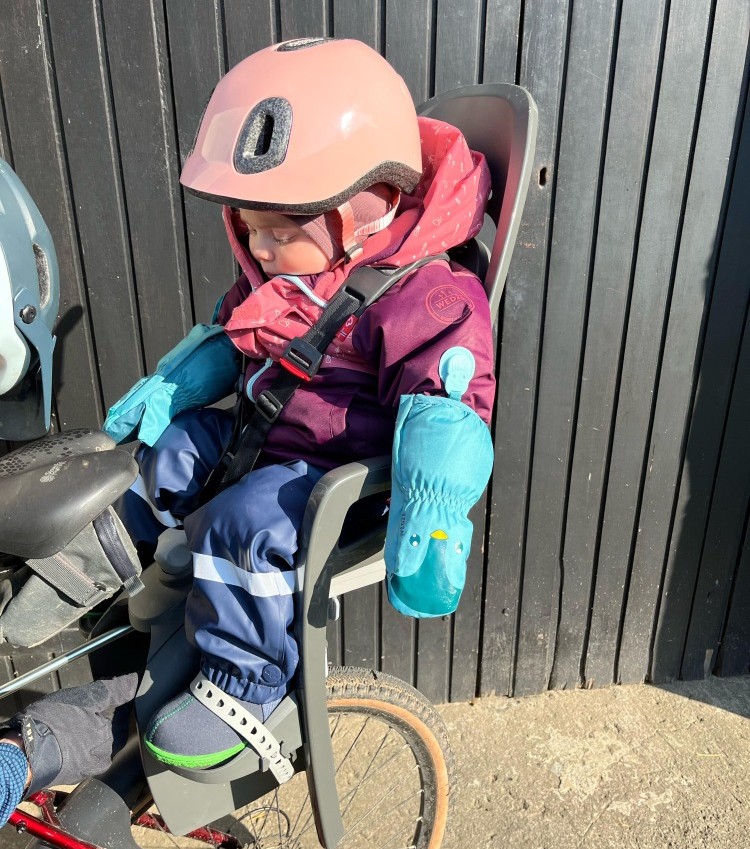 Hamax Zenith Relax Review: A reclining rear bike seat
Hamax Zenith Relax Review: A reclining rear bike seat
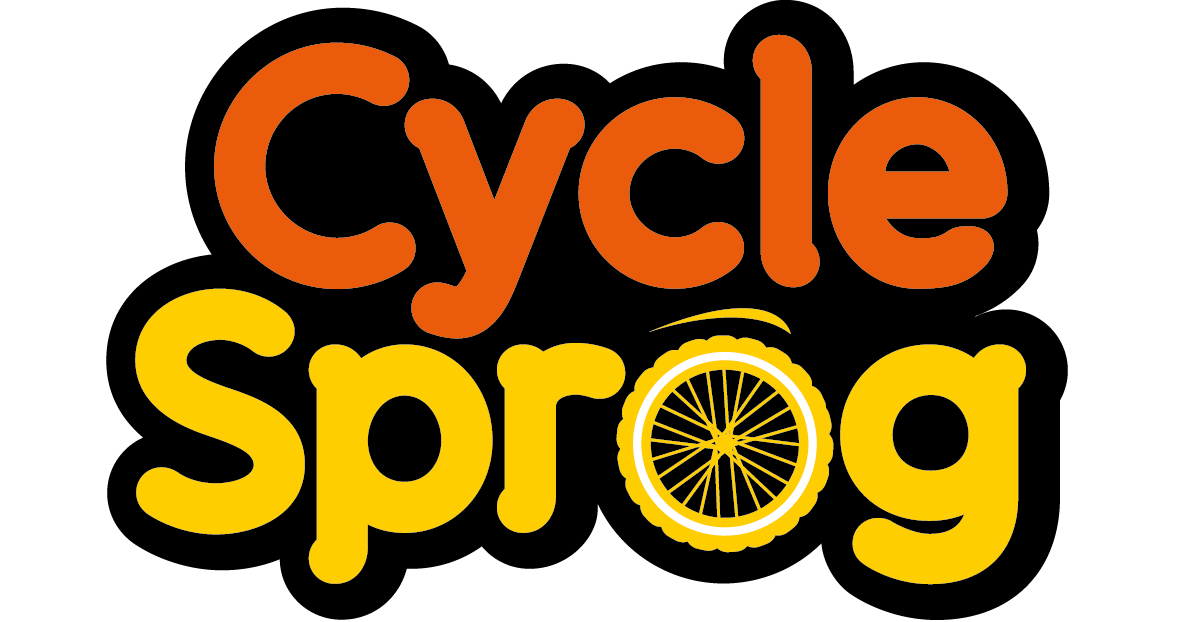
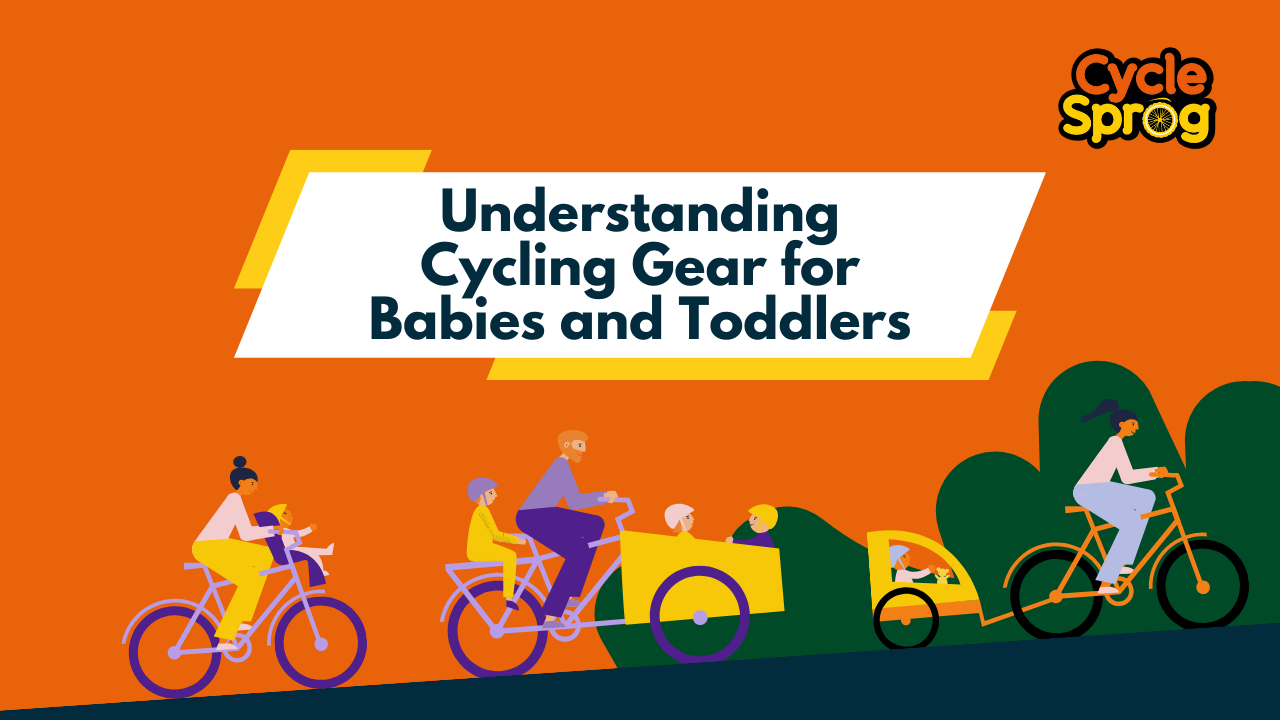
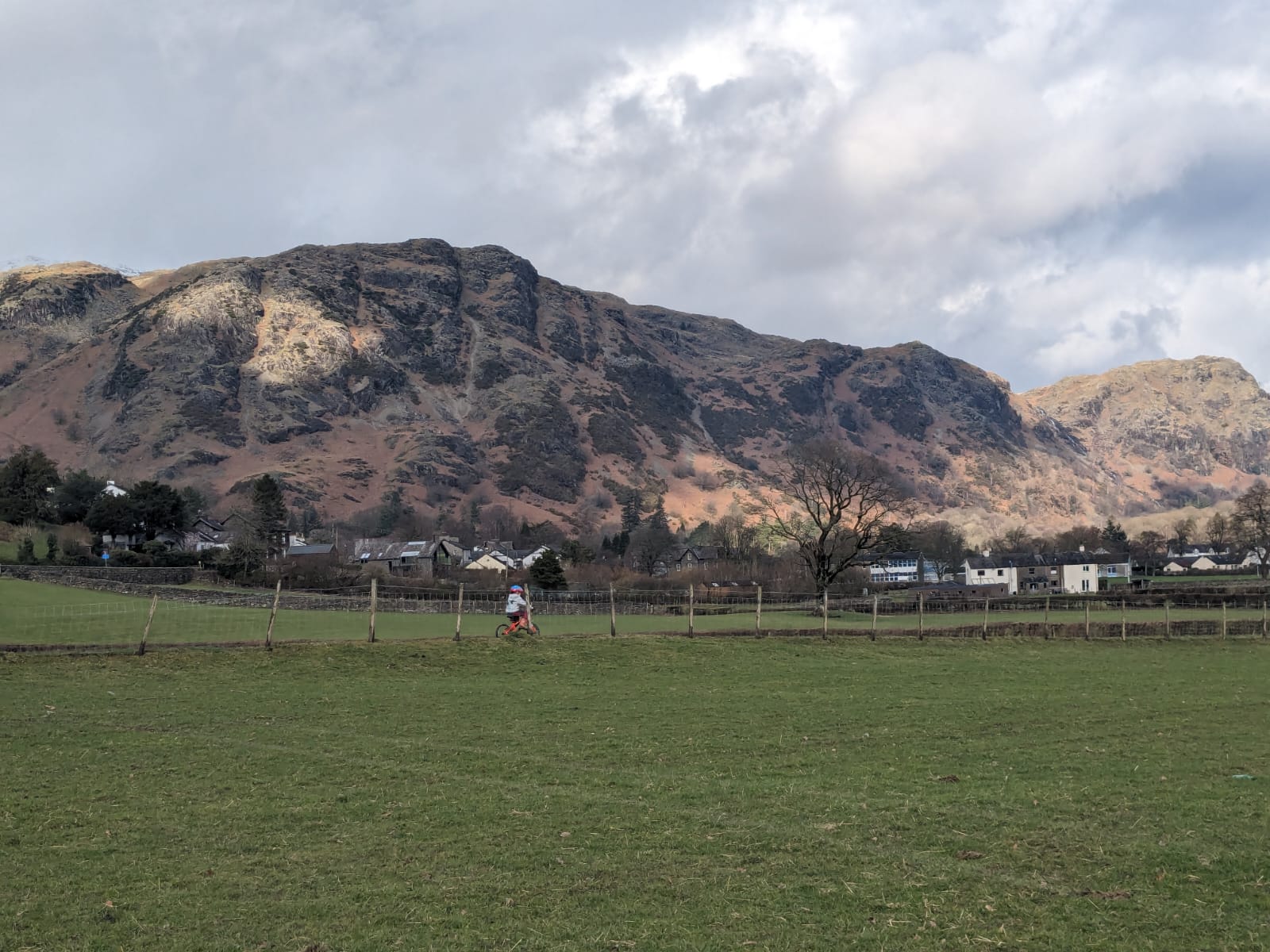
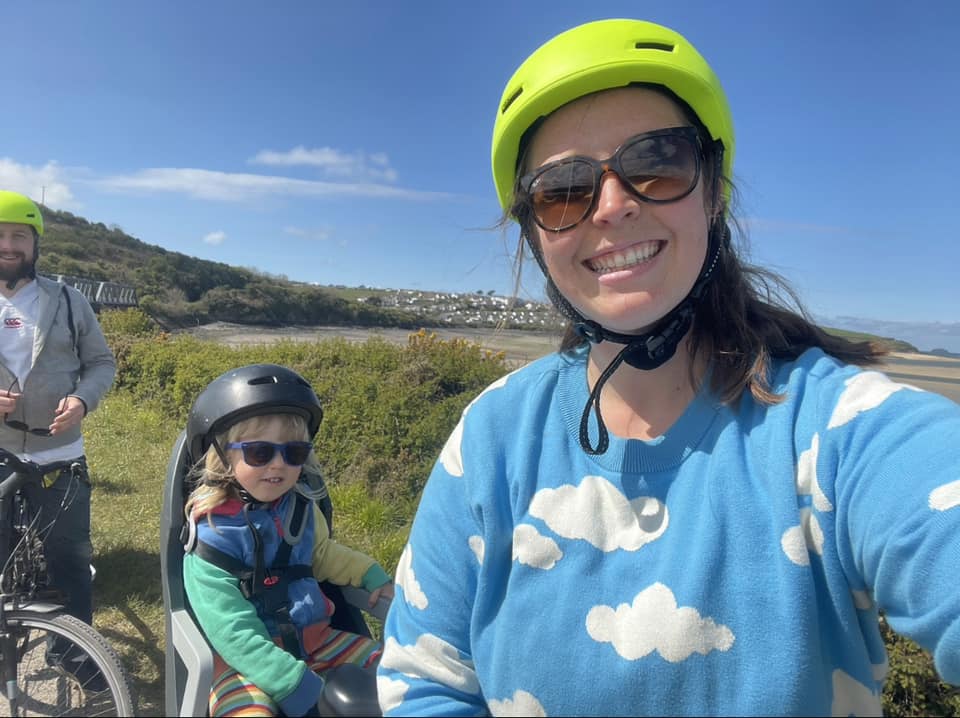
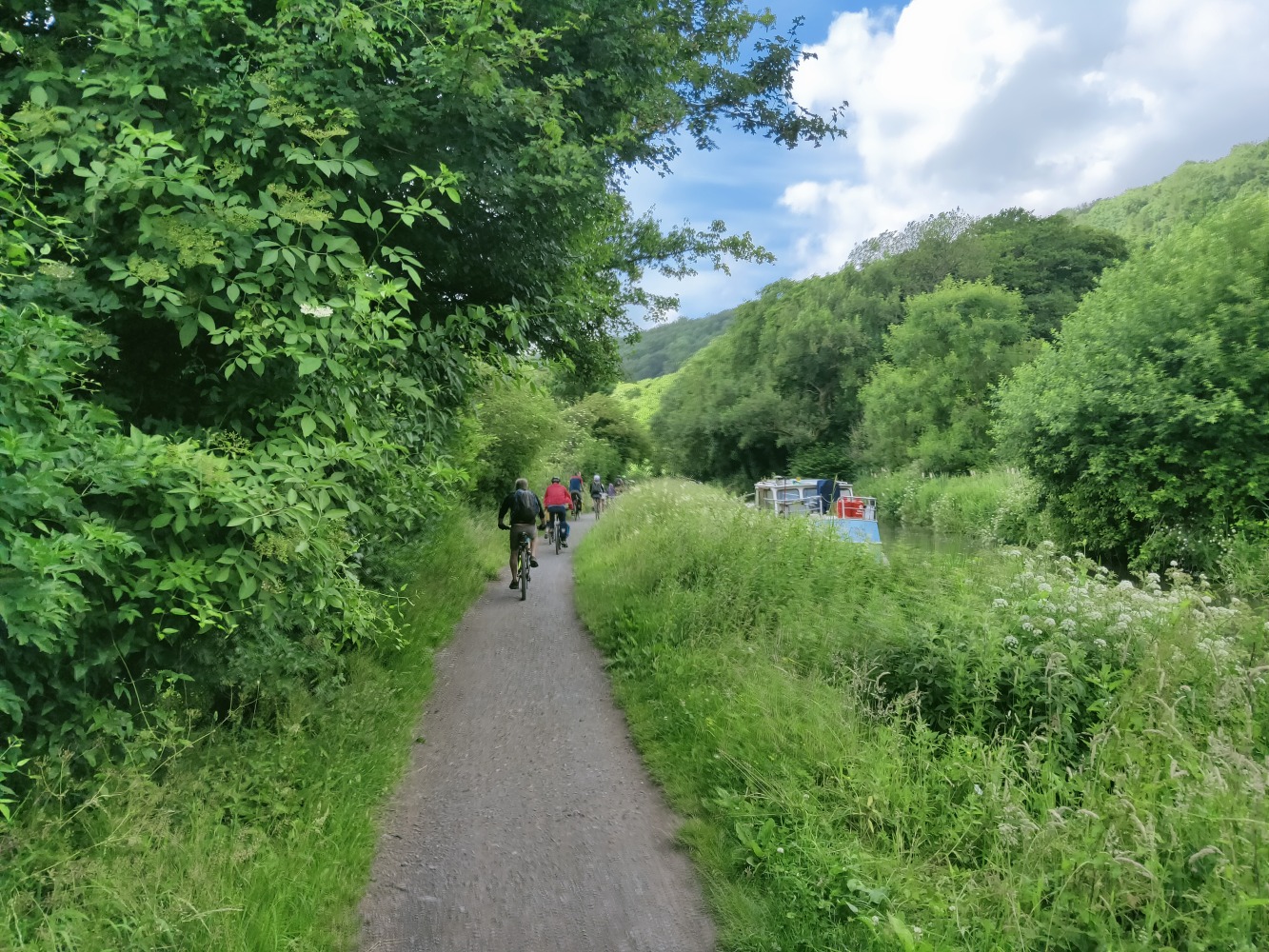
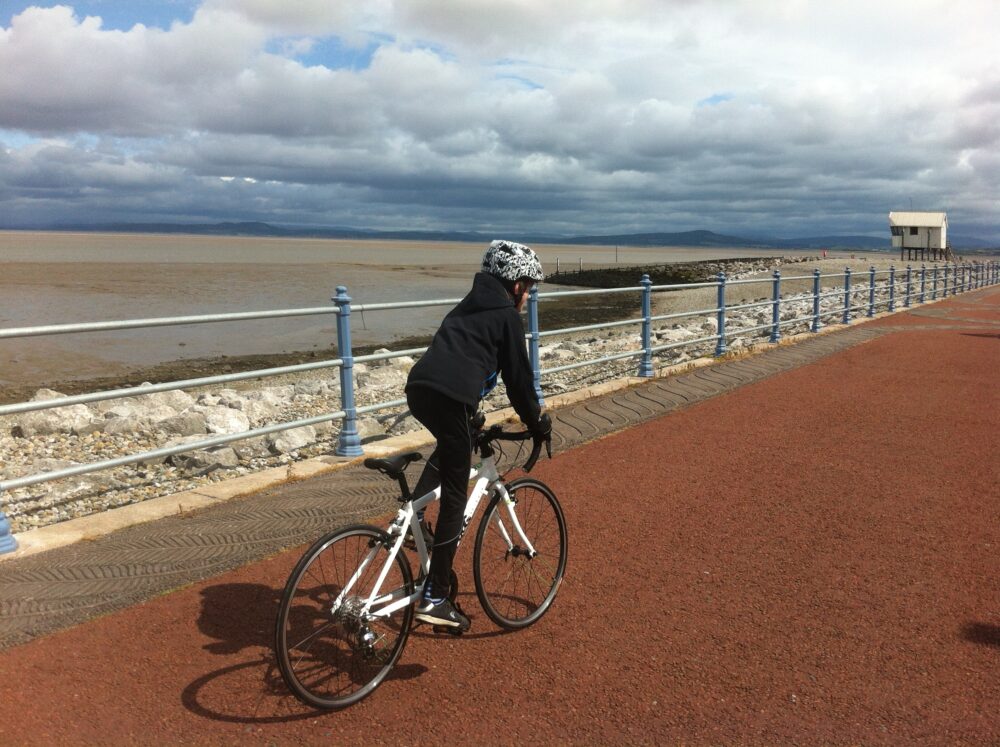

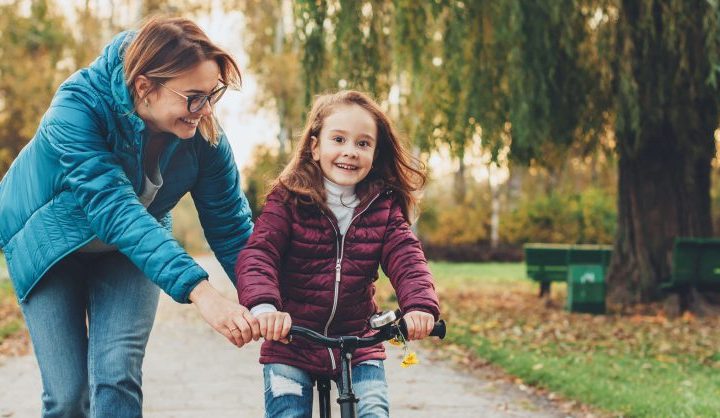
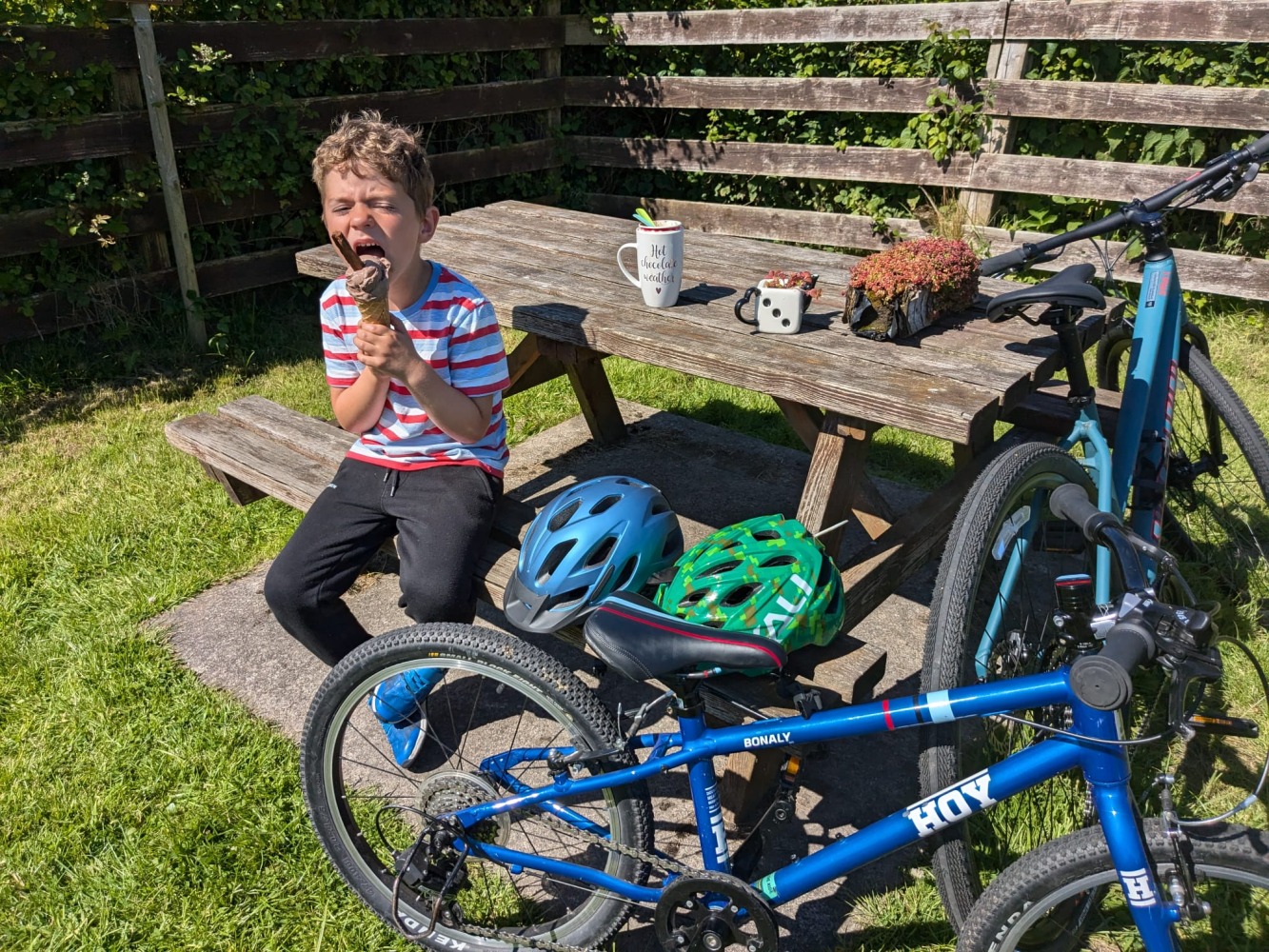
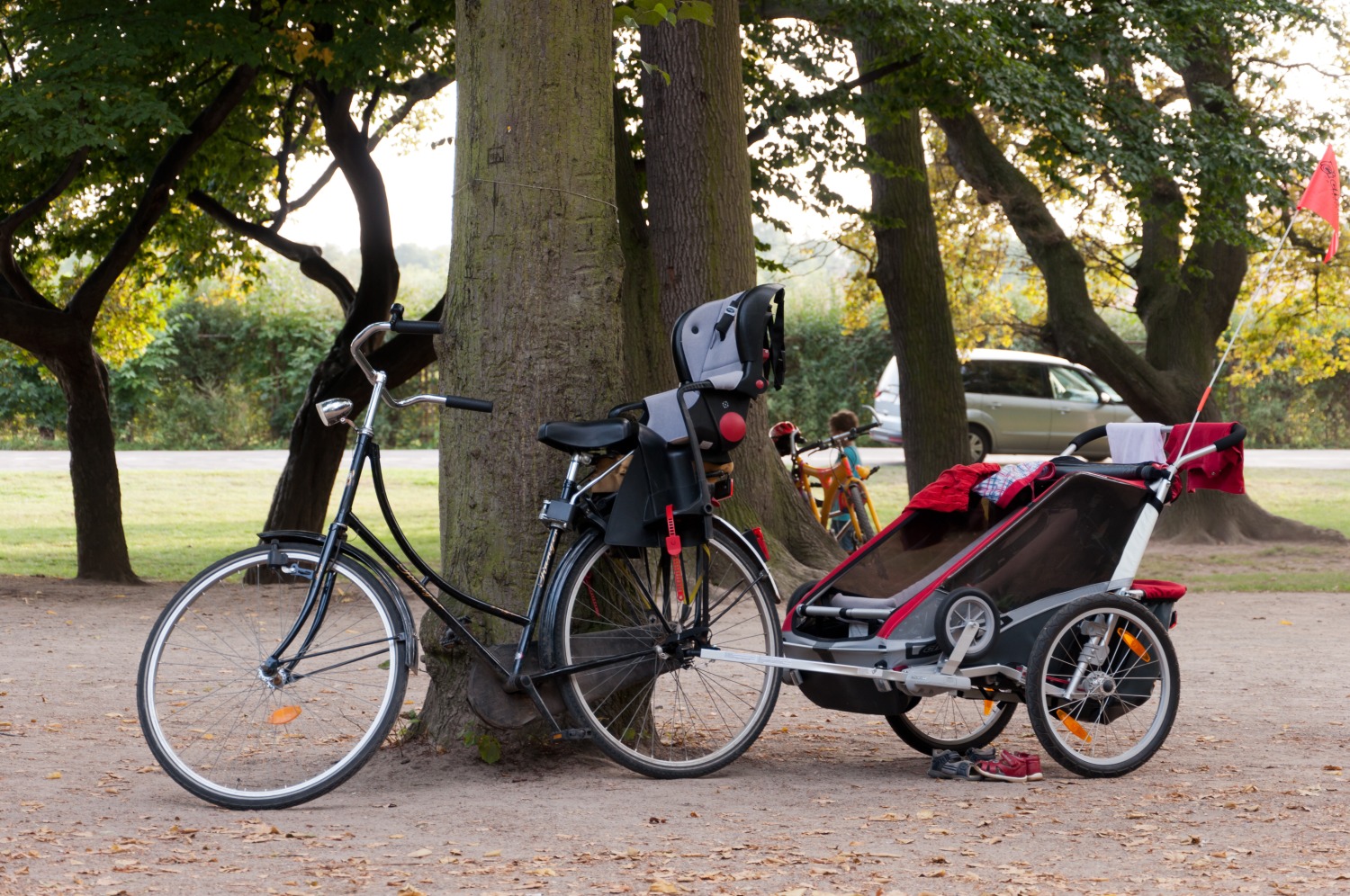
Comments